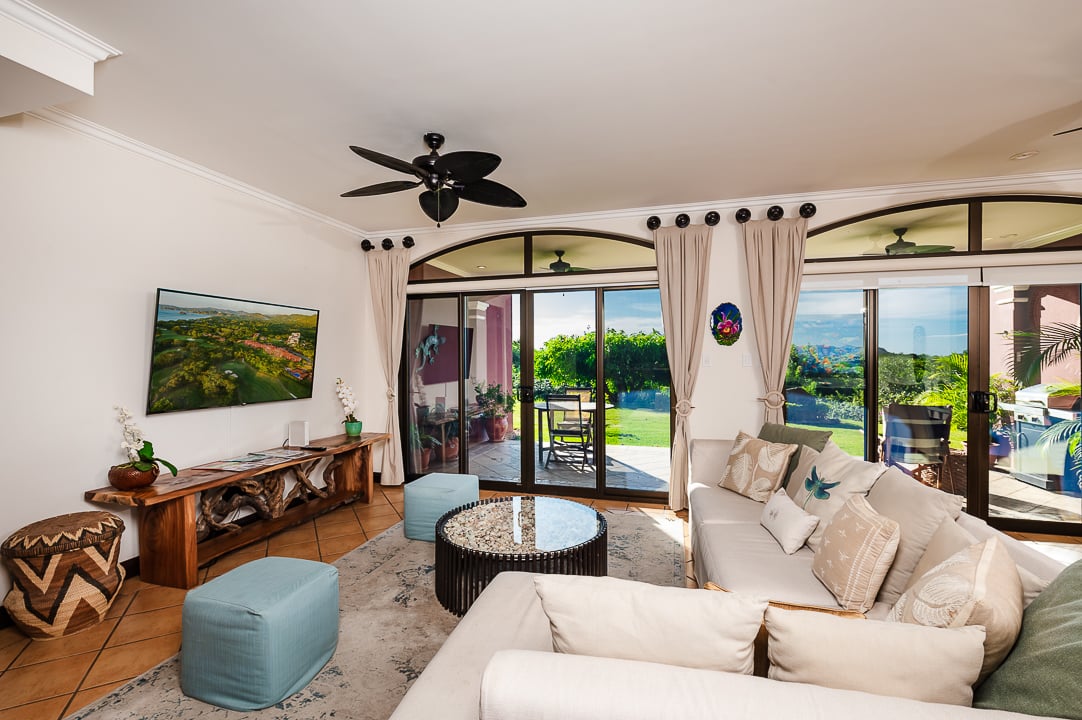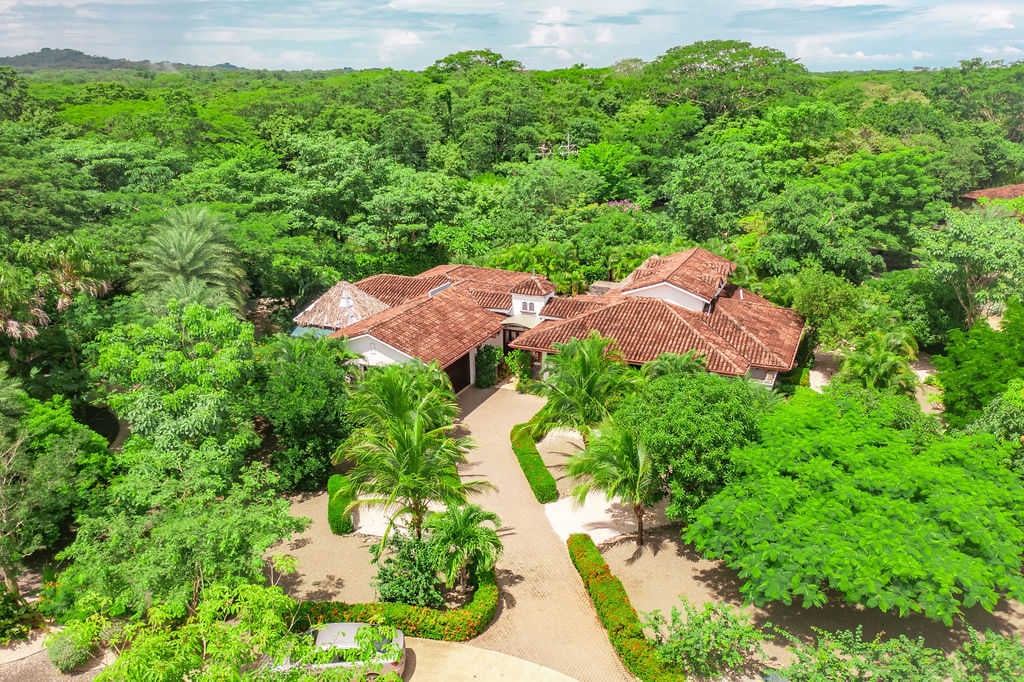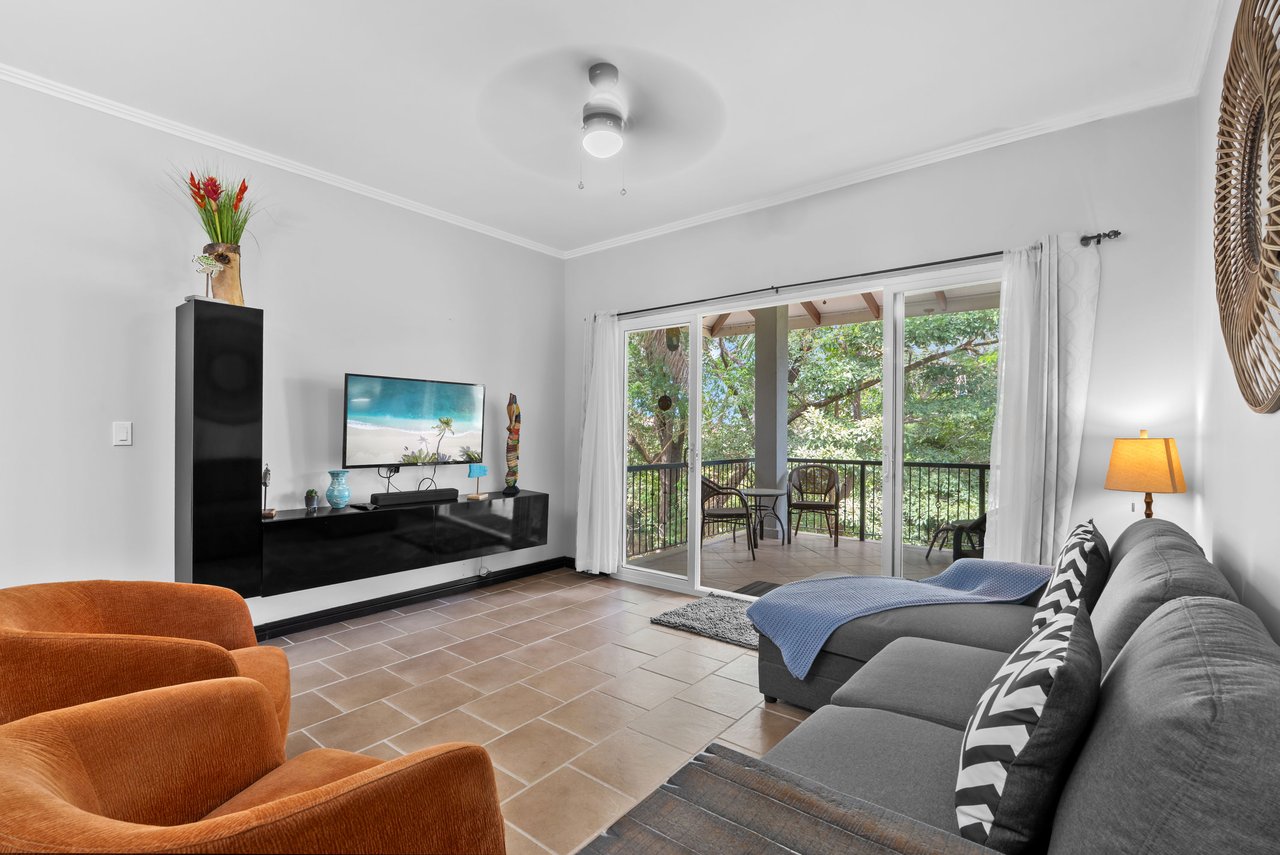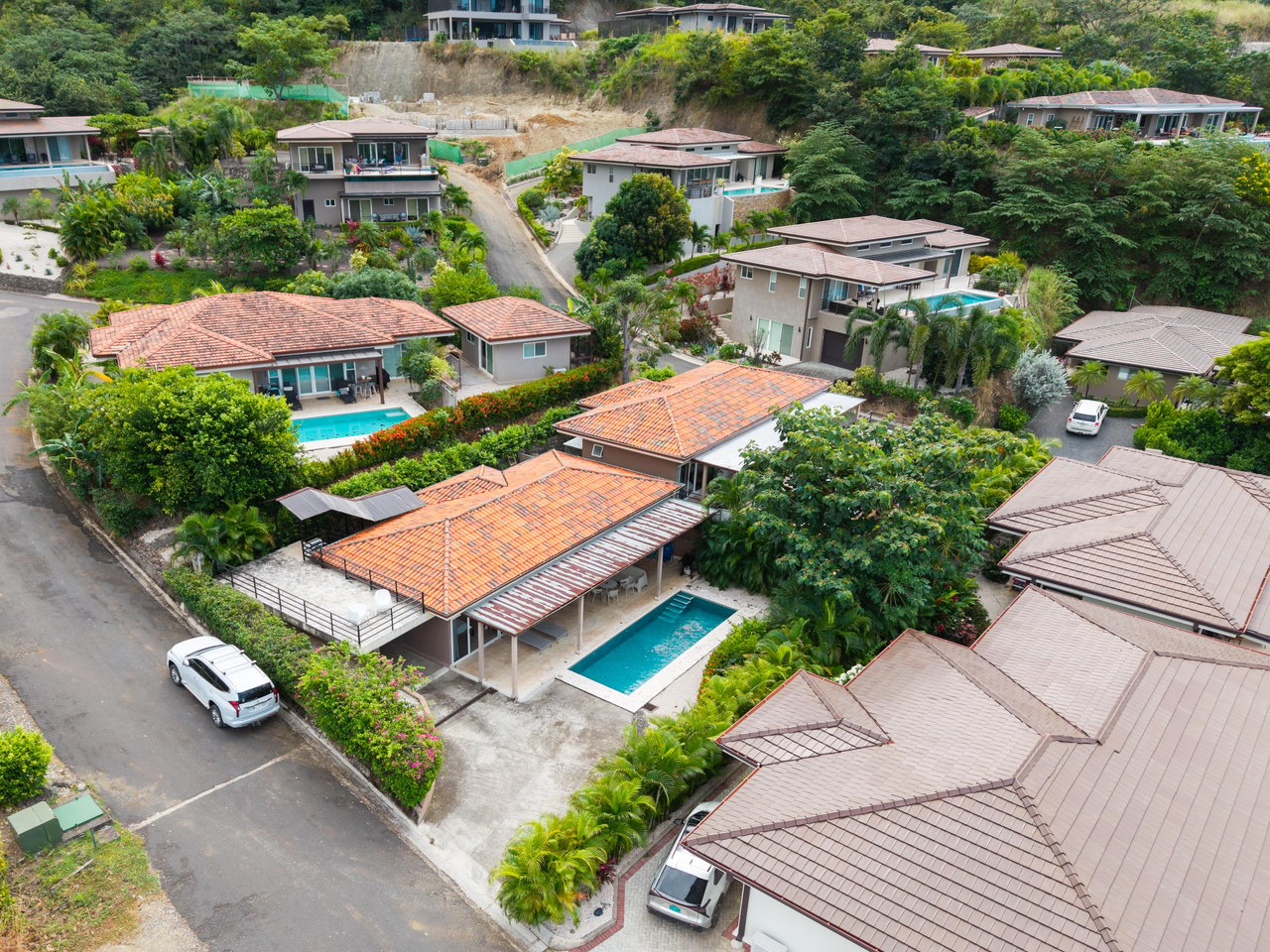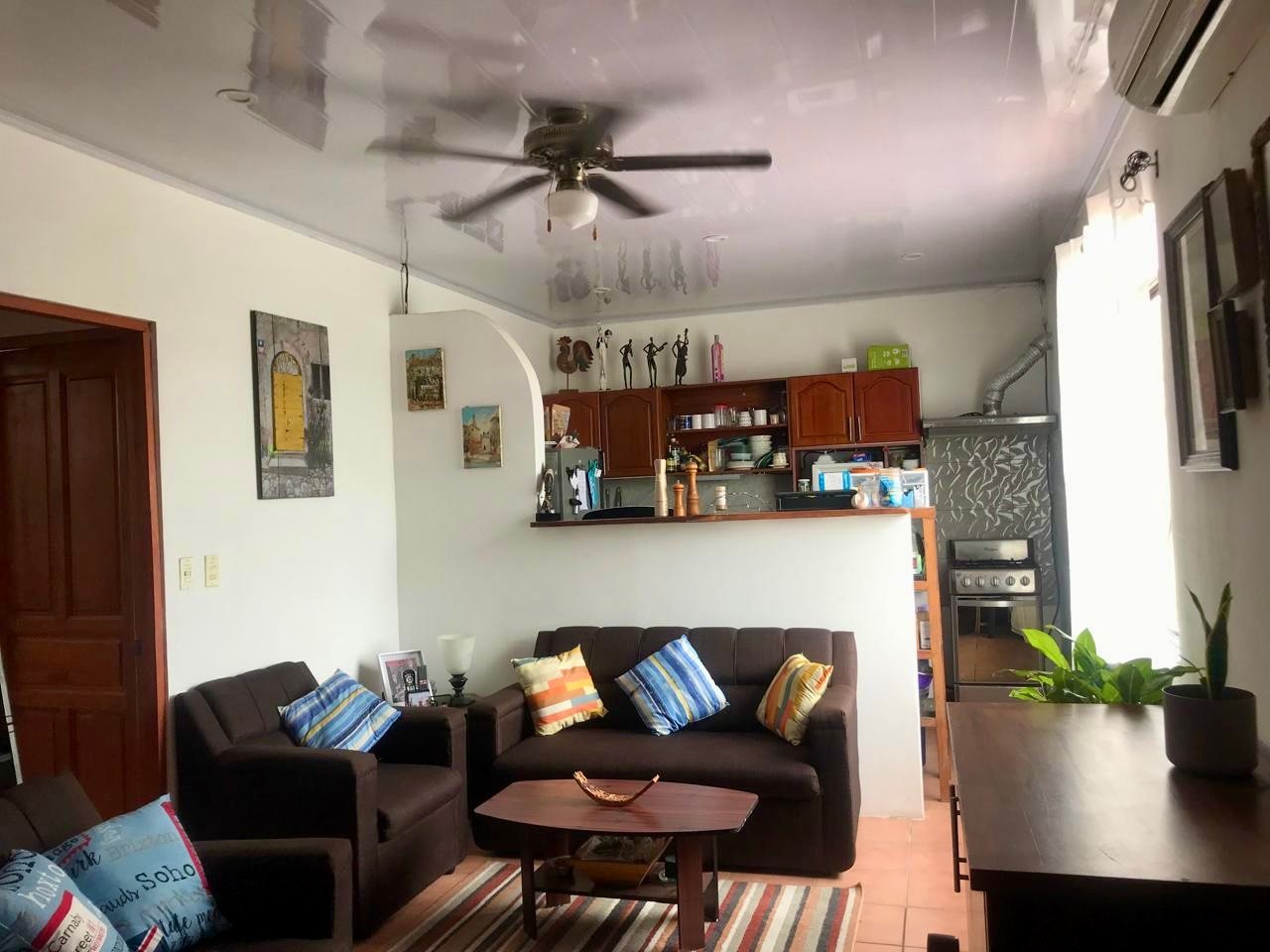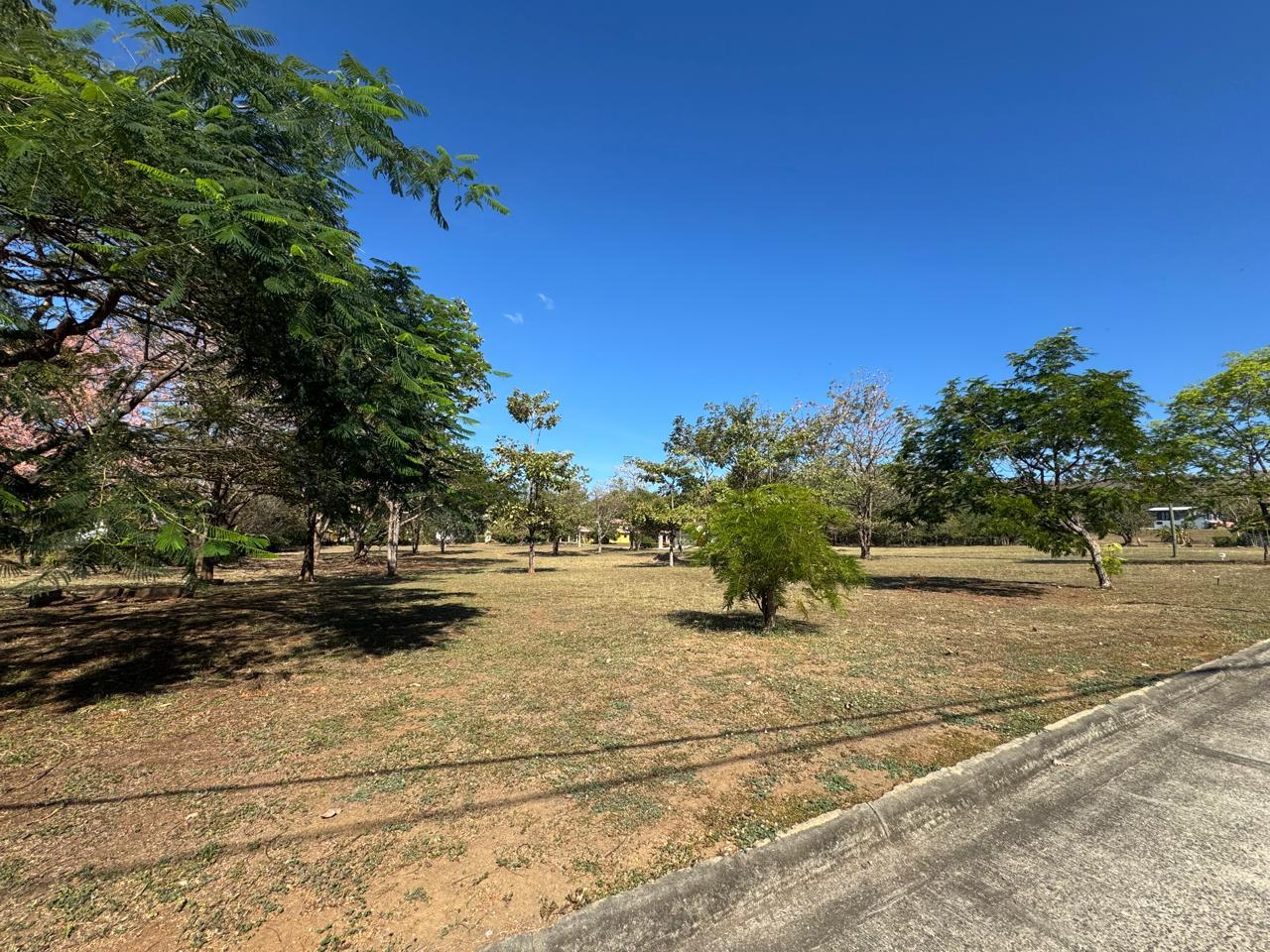Welcome to Bijagua | Upala
Bijagua
Bijagua de Upala, in the northwest part of the country on the border between Alajuela and Guanacaste provinces, is the gateway to Tenorio Volcano National Park and the famous, sky-blue Río Celeste.
With over 5,000 inhabitants, Bijagua has various hotels, hostels, restaurants, stores, and other attractions. Most people who come here head to the nearby national park, where there is a river unlike any you’ve probably ever seen.
Río Celeste (“sky-blue river”) features amazingly blue water created by suspended particles in the water called alumino-silicates. An easy trail (one way in, one way out) leads to the spectacular Río Celeste Waterfall, which has a striking blue pool at its base.
Further on is the Blue Lagoon and the bubbly “Borbollones,” where the water appears to be boiling because of volcanic gas venting underwater. Rickety little hanging bridges add to the charm.
Upala
Upala, a city of 17,000, is a half-hour from the Nicaraguan border, though it’s two hours from the international border crossings at Peñas Blancas and Los Chiles/Las Tablillas.
Upala is little-trodden by tourists, though it’s a sizable Tico town with medical centers, small colleges, a post office, and big grocery and hardware stores. Its economy is driven mostly by agriculture and ranching, including dairy and beef farming, corn, beans, rice, pineapples, oranges, plantains and cacao.
Downtown Upala is on the banks of Zapote River, which originates at the Miravalles Volcano and empties into Lake Nicaragua. Illegal immigration from Nicaragua is something of a problem here, owing to Upala’s proximity to a long and little-patrolled border.
Upala suffered major damage during Hurricane Otto in 2016, which forced evacuations, destroyed multiple homes and caused widespread flooding. Hurricanes very rarely land as far south as Costa Rica, but if they do, they usually strike right along the Costa Rica-Nicaragua border.
